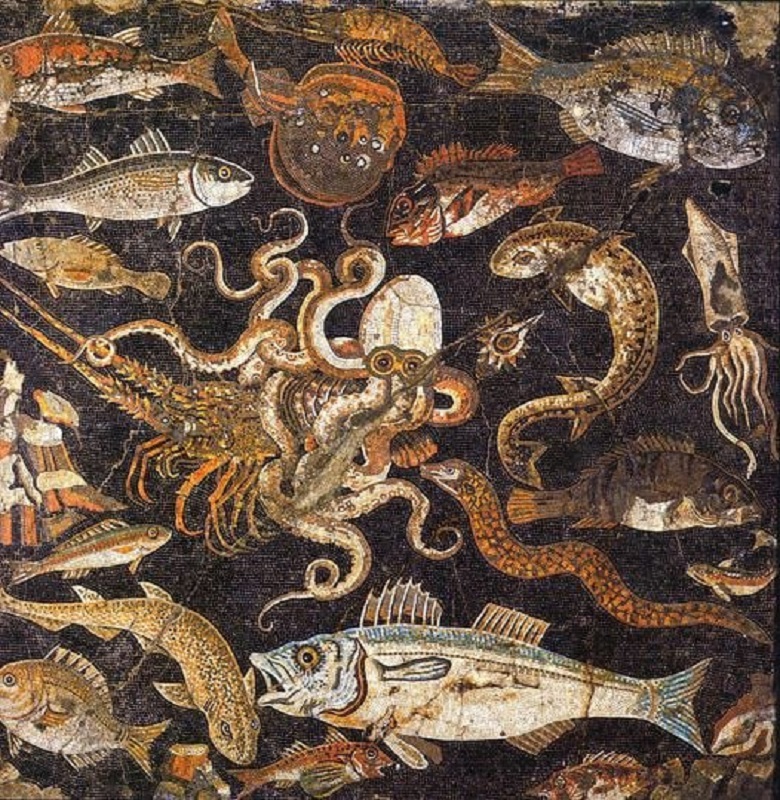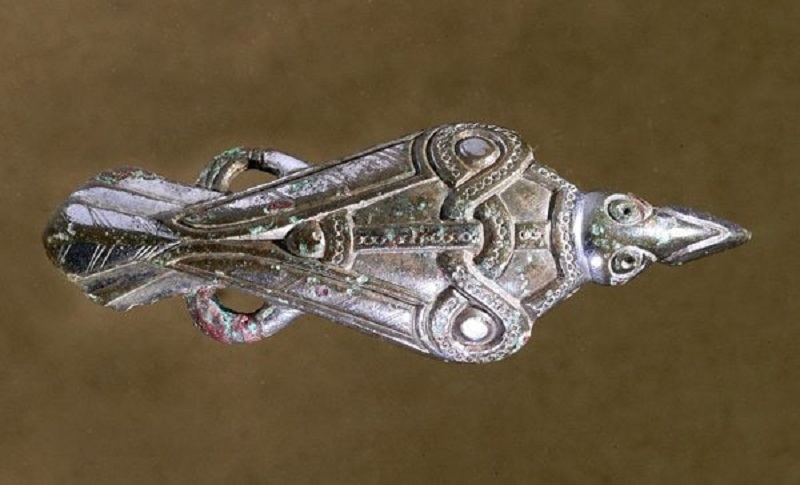In the bustling city of Istanbul, Turkey, lies a silent witness to centuries of history—the Walls of Constantinople. Built by the Byzantine Emperor Theodosius II in the 5th century, these formidable fortifications once encircled the ancient city of Constantinople, serving as a barrier against invaders and a symbol of imperial power. In the 1950s, a renewed interest in archaeology and preservation sparked efforts to rediscover and restore these historic walls, shedding new light on their significance and legacy.

A Forgotten Legacy: The Walls of Constantinople
For centuries, the Walls of Constantinople stood as an impregnable fortress, protecting the Byzantine capital from countless sieges and invasions. Stretching over 13 miles in length and reaching heights of up to 30 feet, these massive fortifications were adorned with towers, gates, and battlements, a testament to the engineering prowess of the Byzantine Empire. Despite their significance, the walls fell into disrepair over the centuries, with large sections crumbling into ruin or being repurposed for other uses. By the mid-20th century, they had become little more than a distant memory, overshadowed by the modernity of Istanbul's bustling streets.
Rediscovery and Restoration: Uncovering the Past
In the 1950s, a renewed interest in archaeology and cultural heritage sparked efforts to rediscover and preserve the Walls of Constantinople. Archaeologists, historians, and preservationists embarked on ambitious projects to study, document, and restore these historic fortifications, breathing new life into their ancient stones. Through painstaking excavation and meticulous research, they pieced together the story of the walls, uncovering clues about their construction, defensive strategies, and the lives of those who defended them. As sections of the walls were restored to their former glory, they became symbols of pride and identity for the people of Istanbul, a tangible link to their rich and storied past.
Symbol of Resilience: The Legacy of the Walls
The Walls of Constantinople stand as a symbol of resilience and endurance, a testament to the ingenuity and determination of the Byzantine people. Despite facing countless challenges and upheavals over the centuries, these ancient fortifications have stood the test of time, bearing witness to the rise and fall of empires, the ebb and flow of history. Their rediscovery and restoration in the 1950s serve as a reminder of the importance of preserving our cultural heritage, of safeguarding the treasures of the past for future generations to cherish and learn from.
Conclusion:
As we reflect on the Walls of Constantinople and their rediscovery in the 1950s, we are reminded of the power of archaeology to connect us with our shared human heritage. Through the efforts of dedicated researchers and preservationists, these ancient fortifications have been brought back to life, offering insights into the past and inspiring a renewed appreciation for the rich tapestry of history. As we continue to uncover and study the remnants of our collective past, we honor the resilience and creativity of those who came before us, ensuring that their stories will endure for generations to come.
Archaeological Insights:
The rediscovery and restoration of the Walls of Constantinople in the 1950s represent a triumph of archaeology and cultural preservation. Through careful excavation, documentation, and conservation efforts, archaeologists have been able to shed new light on these historic fortifications, uncovering insights into their construction, purpose, and significance. By preserving and studying the Walls of Constantinople, we gain a deeper understanding of the Byzantine Empire and its legacy, enriching our understanding of the past and informing our decisions about the future.










